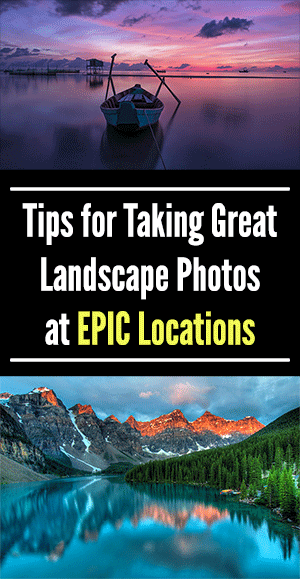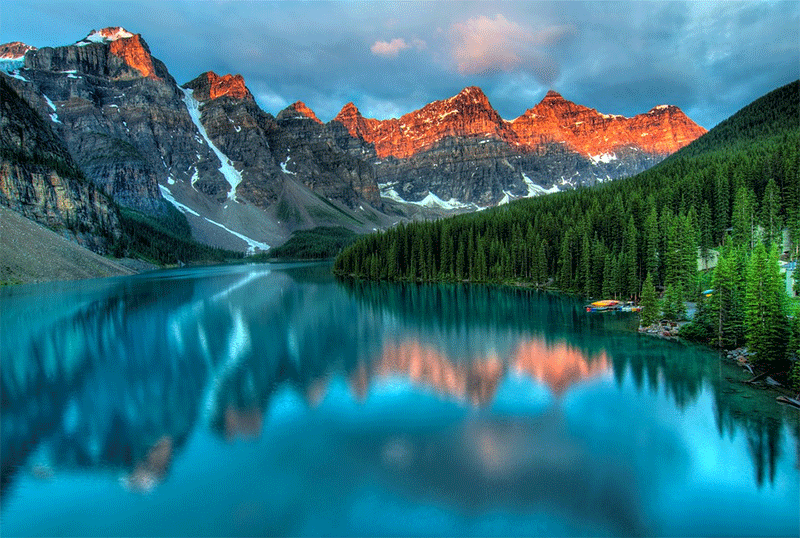
Photo by James Wheeler / CC0
What’s an epic location? For this article, it’s any spot that’s naturally photogenic. A stunning mountain is the most obvious example — it’s hard to take a bad photograph of Mount Fuji or Rainier. Another epic location might be the striking skyline of Hong Kong or the beaches of the Maldives.
The thing about epic locations is that sometimes they’re too easy! A photo of the Grand Tetons or the Himalayas is so striking by nature it’s almost cheating. Anyone can point a cell phone at a place like this and get a stunning image. So how does one actually get a GOOD photo, and one that will stand out, when your subject is already amazing? Here are a few tips.
Get Out the Map!
If your epic landscape location is a city or near a highway, start looking at maps. Scenic overlooks are aptly named and if you can find one they are great places to do all sorts of photography. Cityscapes are still a form of landscape photography. Skylines are often as scenic as mountains, or better yet, combine them both in cities like Seattle and Los Angeles.
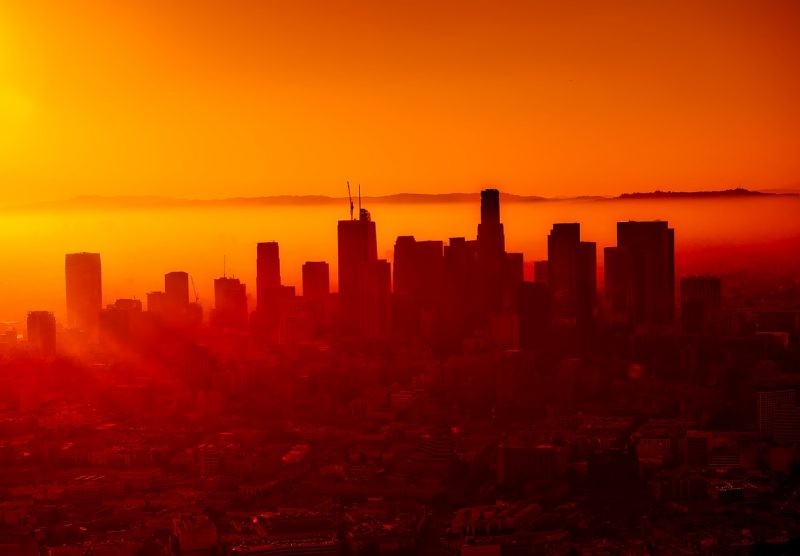
Photo by 12019 / CC0
Photos with car trails are another interesting type of epic landscape. You’ll need time to find the right combination of low shutter speed, neutral density filters, ISO, and a sturdy tripod. But the results are striking when done well.
Not every natural landscape photograph needs to be free of human artifacts. A road, boat, or even a vacationer’s sunglasses and hat add a sense of context to an image that would otherwise simply be about the scenery. What story are you trying to tell with your photography?
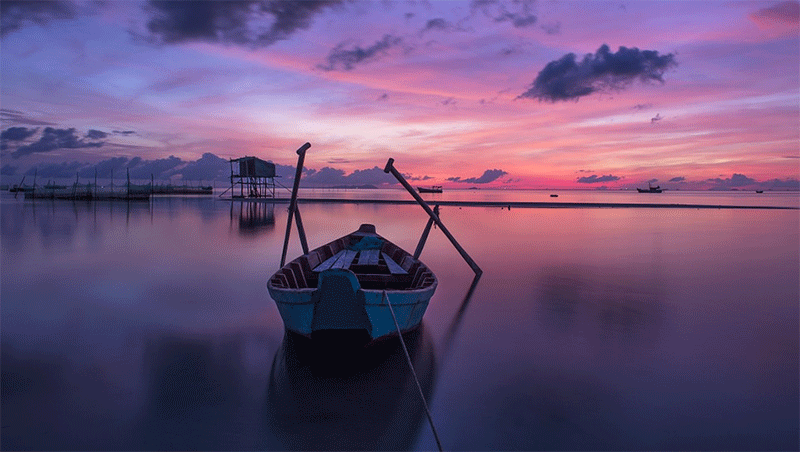
Photo by Quangle / CC0
Think About Astrophotography
The sky is a great place to add depth to an image. Long exposure astrophotography can show wonders like the Milky Way blazing across the sky so long as you can find skies free of city light pollution. The rocky sculptures of the deserts and mountains are beautiful in of themselves during the day. But they often show up nicely in long exposure nighttime images as well. And in extremely dark environments photographers may opt to add light with flashlights or other light sources.
→ If you want to learn how to do this, we highly recommend Collier’s Guide to Night Photography in the Great Outdoors.
Star trails are another way to add beauty to an epic scene. It requires the photographer to find focus on Polaris, the North Star. As long as the camera is pointed there, by switching to Bulb mode and creating extra long exposure images, you can create a swirl of stars streaking across your image. Already epic locations can become even more epic after dark!
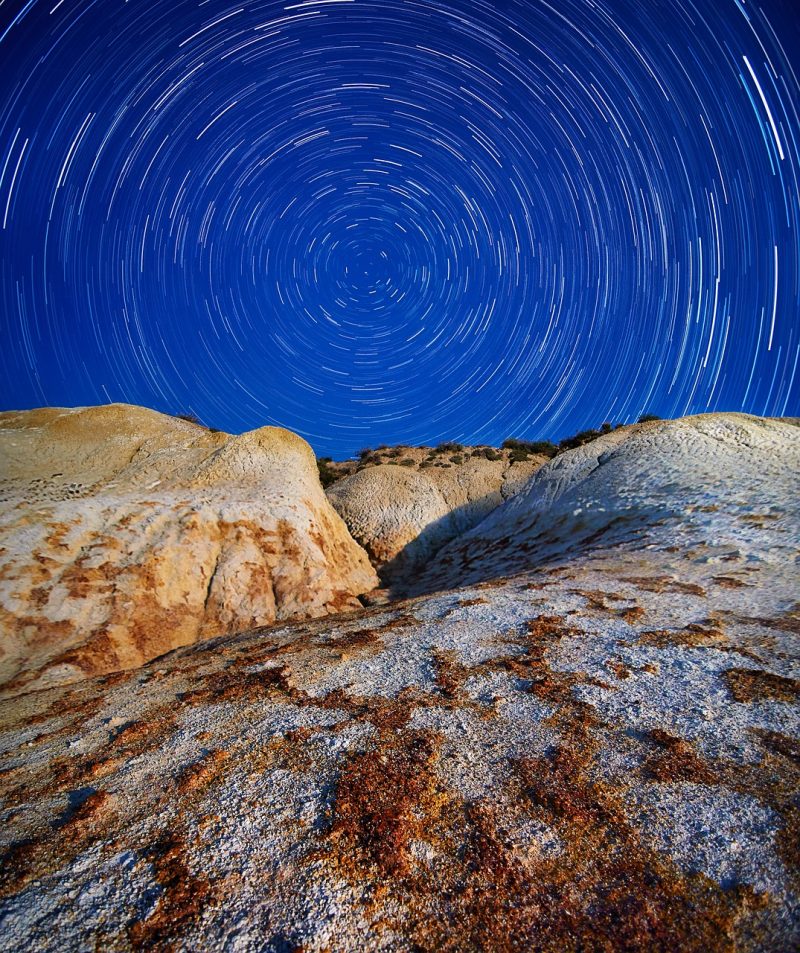
Photo by free-photos / CC0
Try Using a More Specialized Lens
Hear me out, here. Carrying a 24-70mm f/2.8 is the standard choice for walk around photography for good reason. The focal length and aperture are all very well suited for a wide variety of images. But what if you instead took a walk around with a 10-18mm f/4 or 12mm f/4 prime instead? How would that affect the way you view a scene? Instead of looking for macro, landscapes, portraits, and whatever else catches your attention (i.e. “let’s take pictures of everything!”) it would encourage you to look specifically for landscapes and natural scenery. By focusing your artistic vision a bit you’ll find it that much easier to get into a flow that will generate better images.
Another nice thing about specialist lenses is that your image quality tends to be better. Sharpness, clarity, and chromatic aberration are far less of an issue with these lenses. This is because compromises have to be made with the optics of more generalist lenses in order to cover wider focal lengths with constant apertures. That’s why prime lenses tend to have incredible image quality compared to a zoom lens that can cover the same aperture and focal length.
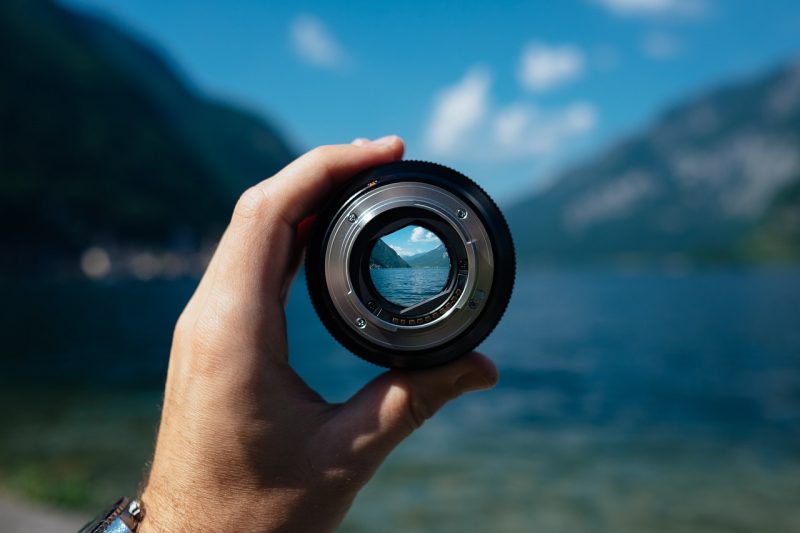
Photo by Free-Photos / CC0
Drone Photography!
Drones are in right now and photography drones are some of the best toys on the market. Instead of having to rent a helicopter for an expensive photo shoot you can put that money towards getting a drone to capture the exact images you want from above. RAW imaging capacity is also built into many drone cameras, ensuring high-quality workflow no matter the source.
→ Related reading: Intro to Drone Landscape Photography
Drones come in all levels of tiers and price ranges just like digital cameras. Basic drones can run under $200 and come with very limited functionality and photography/video ability. Intermediate level drones like the DJI Phantom 4 Pro and Pro+ can be had for under $2000 each. They use 20-megapixel 1″ sensors (sized 12.80 x 9.60mm) to capture high-resolution images and 4K video from a bird’s eye view. The cropped field of view isn’t quite as impressive as the expansive full frame sensors we may be used to shooting handheld with. But when you can compose the shot from hundreds of feet in the air you’ll be getting views that most photographers can only dream of.
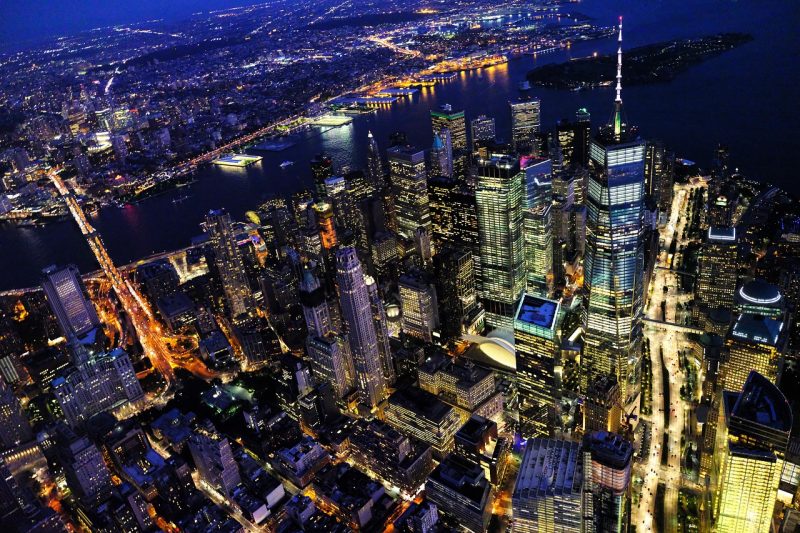
Photo by igormattio / CC0
Conclusion
Epic locations are fun for photographers. For one, just a standard snap gives a stellar image. But it’s also fun to see how we can tease out even more extraordinary images despite the beautiful view. It’s a challenge that really allows a photographer to showcase their unique style and way of viewing the world. Are you up for it?
